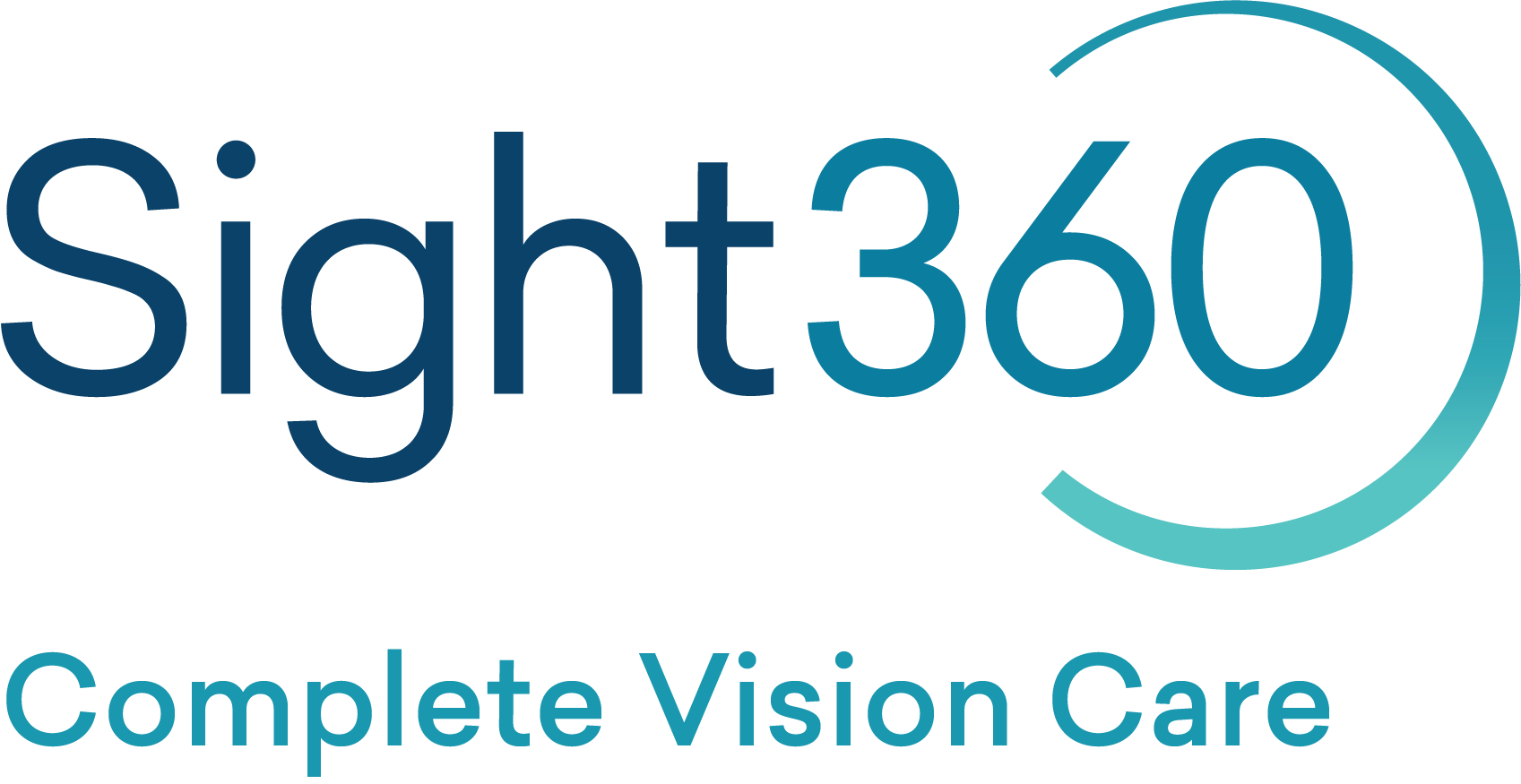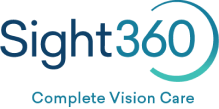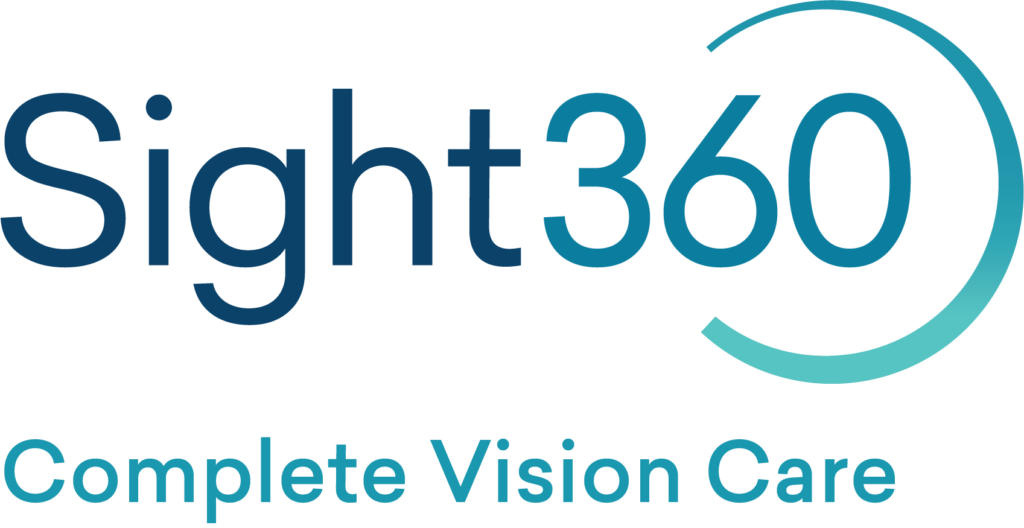- Home
- /
- Conditions
- /
- Myopia (Nearsightedness)
Myopia (Nearsightedness)
Eye Conditions: What is Myopia?
# conditions
What is Myopia?
Myopia is the technical term for nearsightedness when distant objects appear blurry while close-up objects remain clear. As one of the most common refractive vision issues, myopia is estimated to occur in roughly 33 percent of Americans, according to a 2008 National Eye Institute study.
If you are having trouble seeing at a distance, you may be suffering from a myopia eye condition. Sight360 can help restore clarity to your vision.
Nearsightedness: Causes and Symptoms
Nearsightedness occurs when the shape of your eyeball becomes more elongated and changes the focal point of light rays entering the retina. Nearsightedness can also occur if the cornea or lens of your eye is too curved. It is also possible for a combination of these factors to lead to myopia. If your parents are nearsighted, you may have a genetic predisposition to myopia, so it’s important to pay attention to any changes in your vision.
Signs of Myopia
Typically the onset of myopia begins in childhood, but not always. The most obvious indicator of myopia is an ability to see clearly when performing up-close tasks while at the same time having blurry distance vision. This condition is easily identified during routine eye exams with your eye doctor. If you begin to experience blurry vision when looking at distant objects and you haven’t recently visited your optometrist, you may be experiencing myopia. Other symptoms include:
- Frequent squinting
- Frequent eye strain
- Headaches
- Feeling fatigued when driving
In most cases, nearsightedness will stabilize in early adulthood, but in some cases, it can continue to progress with age. With proper diagnosis and corrective options, these symptoms can be eliminated with the restoration of your vision.
Myopia Treatment
Myopic vision can be corrected with a number of methods, much like hyperopia. Most commonly, patients choose to correct myopic vision using prescription eyeglasses or contact lenses, especially for younger patients. Sometimes, depending on the extent of your condition and the types of tasks you perform most regularly, you may prefer one method to the other, though it is common for patients to use both eyeglasses and contact lenses on a regular basis.
Alternatively, depending on your specific lifestyle and personal preferences, you may wish to undergo a refractive surgery such as LASIK. During your visit, one of our experienced optometrists can better advise you about your options so that you can manage your vision most effectively.
To find out more about correcting nearsighted vision, schedule an appointment with Sight360 today.

Book Appointment
Whether you are an optician or a renowned surgeon, we have a place for you to make a lasting impact on patients and build a fulfilling career. Apply today!


